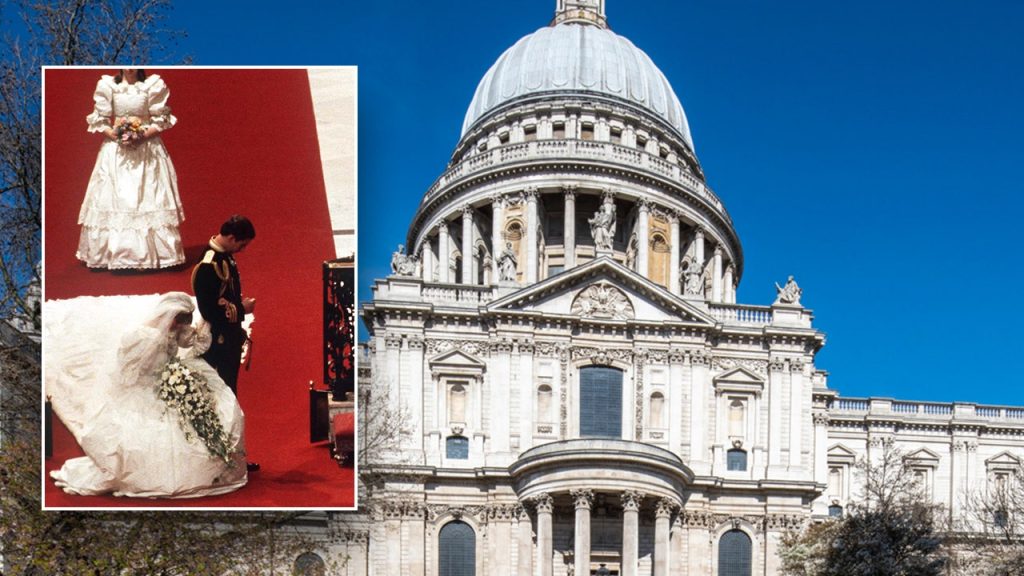St. Paul’s Cathedral in London is a historic landmark that has been the site of many important events throughout its history. Despite facing safety concerns, especially during World War II when it was damaged in bomb raids, the cathedral has stood tall among the destruction. During the German bombing campaign on British cities known as “The Blitz,” London was bombed 57 nights in a row, resulting in over a million buildings being partially damaged or destroyed. Despite the bombings, St. Paul’s Cathedral remained standing as a symbol of hope and resilience in the city.
The cathedral’s survival during the bombings of World War II was highlighted in a famous photograph titled “St. Paul Survives.” Herbert Mason, a photographer for the Daily Mail, captured an iconic image of the cathedral standing tall amidst the destruction and smoke-filled air. Despite facing numerous bombs, including one that hit the dome directly, the cathedral managed to withstand the attacks and remain standing. The image of St. Paul’s Cathedral as a shining light in the midst of chaos became a powerful symbol of strength and faith during the war.
In addition to its historical significance, St. Paul’s Cathedral has also been the setting for significant royal events, such as the wedding of Prince Charles and Princess Diana in July 1981. The choice of St. Paul’s Cathedral as the wedding venue was unique, as most royal weddings had traditionally been held at Westminster Abbey. The decision was influenced by the cathedral’s large size and the long route to the cathedral, Clarance House, and Buckingham Palace, which allowed for more opportunities for public viewing. The royal wedding at St. Paul’s Cathedral was a historic event, being the first for an heir to the throne in 480 years.
Despite the passage of time, St. Paul’s Cathedral continues to be a place of worship and a significant location for royal events. The cathedral’s unmistakable dome remains a prominent feature in London’s skyline, attracting millions of visitors each year. Its rich history, including surviving the bombings of World War II and hosting the royal wedding of Prince Charles and Princess Diana, has cemented its place as a revered and iconic landmark in the city. St. Paul’s Cathedral serves as a symbol of resilience, faith, and endurance amidst adversity, continuing to inspire visitors with its rich heritage and timeless beauty.
In addition to its historical significance, St. Paul’s Cathedral has also faced challenges throughout its history, including safety concerns during World War II. The bombings of London, including those that surrounded the cathedral, resulted in damage to the building, with evidence of bomb damage remaining visible in various parts of the cathedral to this day. Despite facing direct hits and near misses, the cathedral managed to survive the attacks, serving as a beacon of hope and strength for the city. The resilience of St. Paul’s Cathedral during times of adversity has solidified its status as a symbol of faith and endurance.
Today, St. Paul’s Cathedral remains a popular tourist attraction and a celebrated place of worship, hosting numerous events and services each year. Its historic significance, combined with its architectural beauty and cultural importance, continues to draw visitors from around the world. Whether as a symbol of resilience during times of war or as a venue for royal celebrations, St. Paul’s Cathedral stands as a testament to the enduring spirit of London and its people. Its legacy as a place of faith, history, and inspiration ensures that St. Paul’s Cathedral will continue to be a cherished landmark for generations to come.













